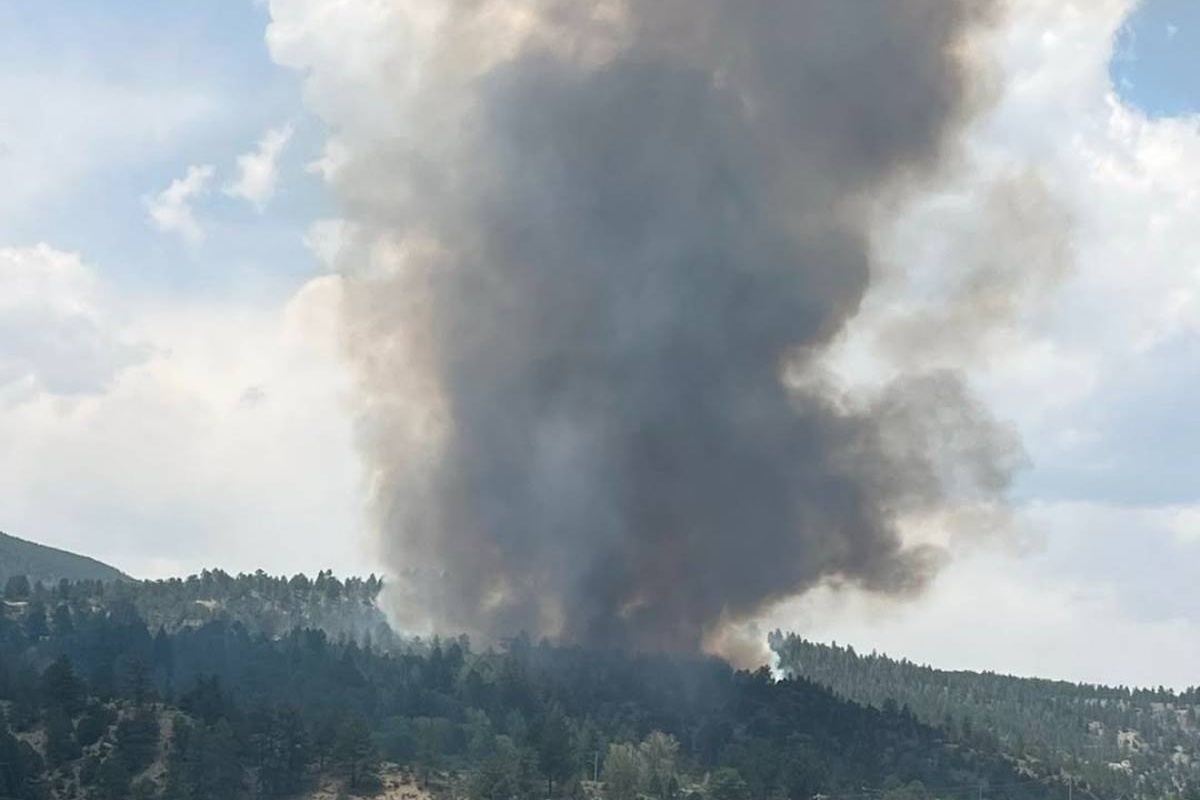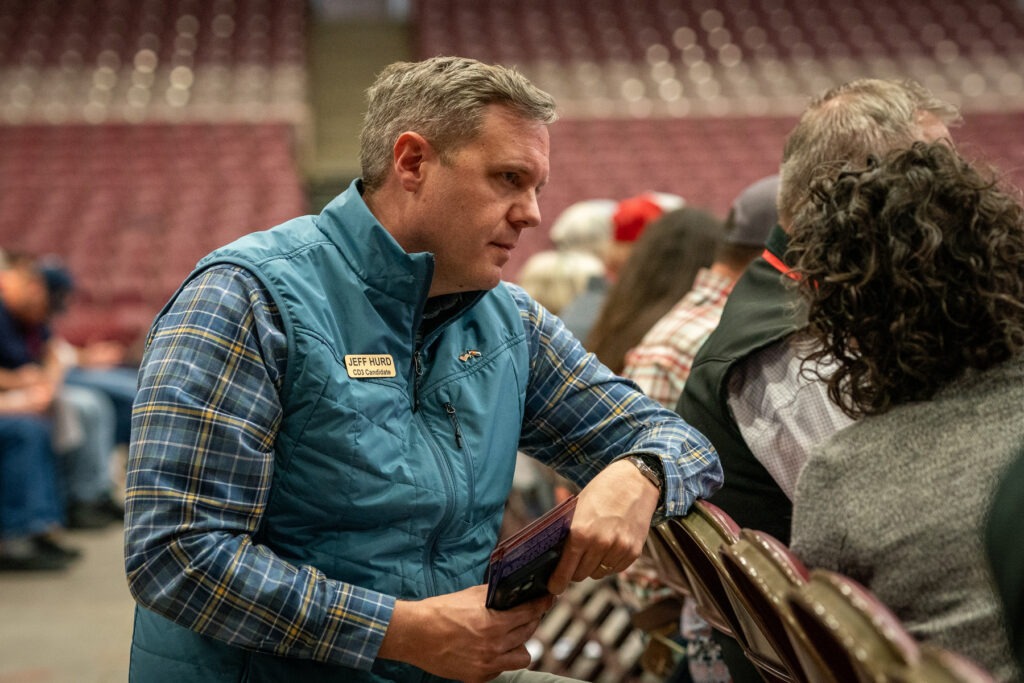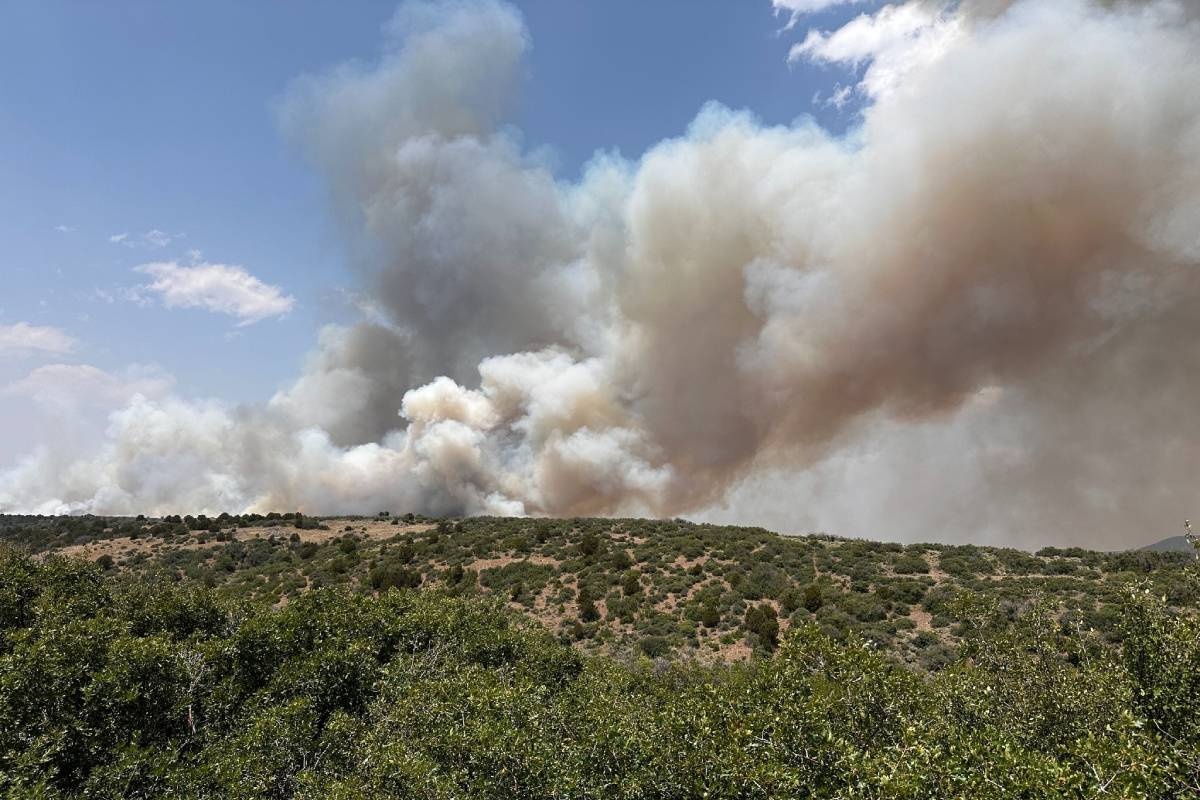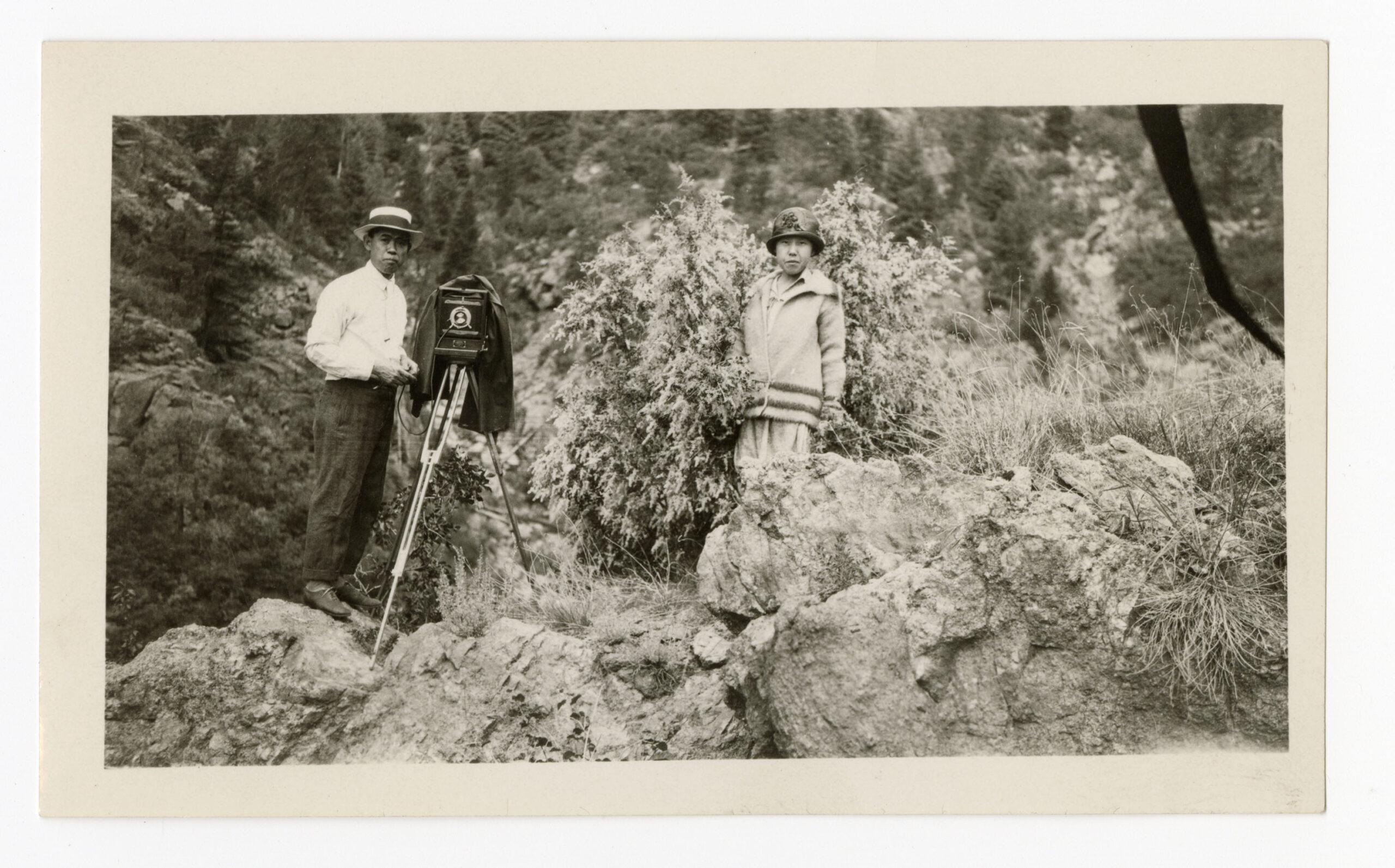
Just over 100 years ago, Frank Muramoto, a Japanese man born in 1884, settled in Pueblo and began documenting a changing community.
Today, Muramoto’s photographs are now hanging in a new exhibit at the El Pueblo History Museum, mere blocks from where he once operated Deluxe Photography Studios in Pueblo from 1915 to 1958.
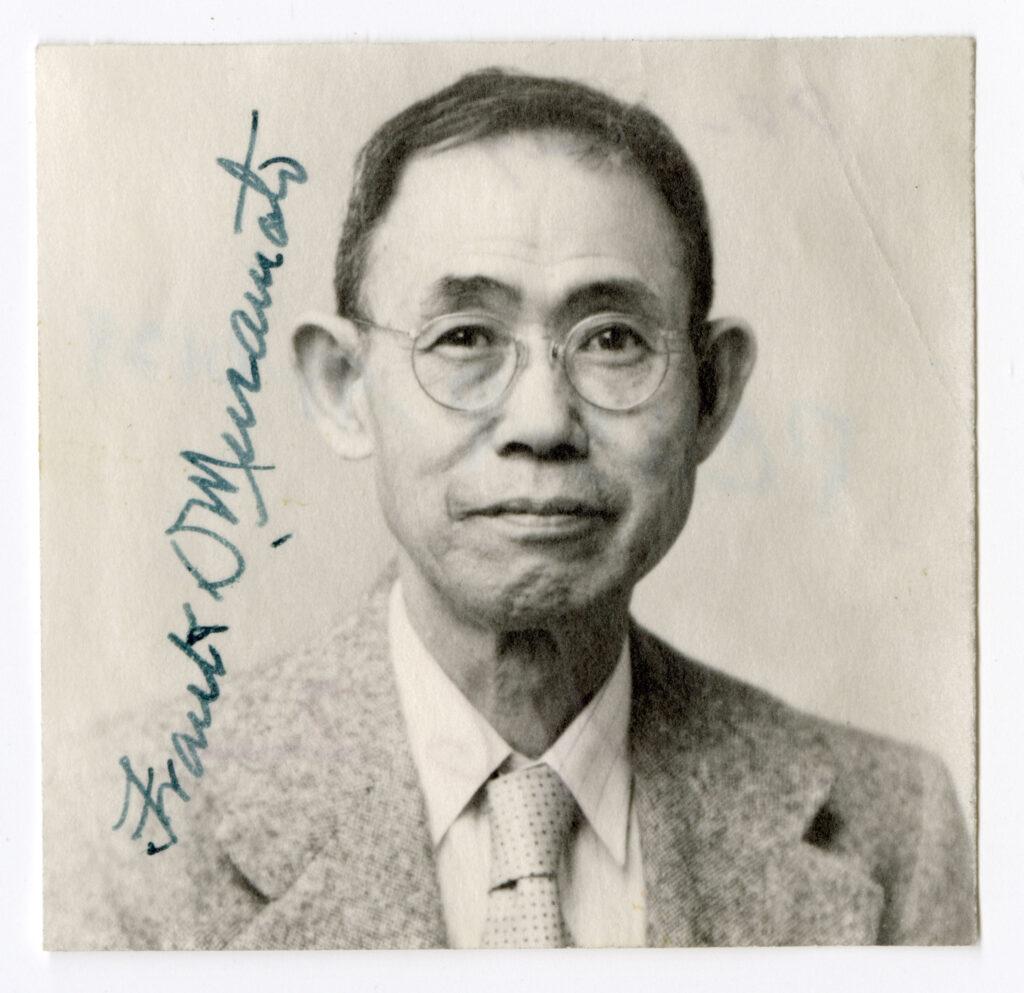
“Throughout that time, he took photos of just everything and anything that he could. If you look at his photo collection, you’d see nature shots. You’d see studio photography portraits of people who came in to have their picture taken, but also candid photos of people just going out and living their lives,” Devin Flores, digital content specialist at El Pueblo History Museum, said.
Muramoto photographed people from all backgrounds, but much of his work captured a unique perspective. He often photographed local Japanese Americans, whose population was far stronger in the area than it is in modern Pueblo.
At the community’s peak, Japanese people alone made up about 2 percent of residents.
“That community was a large one, and it was fairly tight-knit. They were all very well connected with each other, and a majority of them attended the same church here in town, the Japanese Methodist Church,” Flores said.
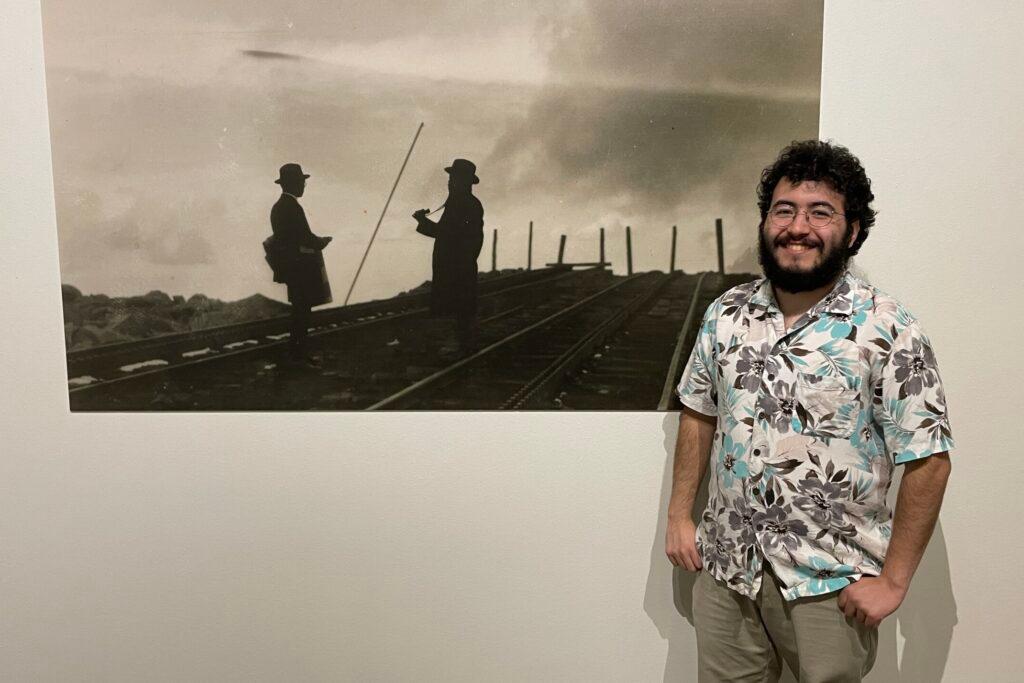
A devastating flood and the internment of Japanese Americans dispersed the community in Pueblo
Pueblo’s Japanese American community began to disperse when a flood hit the city in 1921. The damage disproportionately affected immigrant communities, which lived closest to the river.
The downward trend continued during World War II, when Japanese Americans were rounded up and placed in internment camps, like Colorado’s Camp Amache, following the Pearl Harbor Attack.
The roundup and internment of Japanese people was authorized by President Franklin D. Roosevelt via executive order in February 1942. Over 7,000 Japanese Americans and non-citizen Japanese people were incarcerated at Amache, which sits in Prowers County.
- Japanese Americans in Denver’s Five Points neighborhood have a long history. A new exhibit remembers them
- After almost 80 years, roses from Colorado’s Amache internment camp may bloom again
- Camp Amache joins National Park System with Biden signature
- On 80th anniversary, Camp Amache families remembered and honored by Sect. of Interior Deb Haaland
Nationwide, more than 120,000 people of Japanese origin were detained. While many Coloradans avoided internment, they still faced discrimination.
In many of Muramoto’s photographs, he captured how Japanese Americans were attempting to hold onto their culture. One photograph depicts the students of a Japanese language school that once existed in Pueblo County.
“This school was operated because local Japanese community members were concerned about their children who had been born in America losing the language and losing their connection to the culture,” Flores said. “It was common at the time for them to specifically send their children back to Japan for a couple months every year, just to help preserve that connection. And for the rest of the year, they would attend classes and community events at this Japanese language school.”
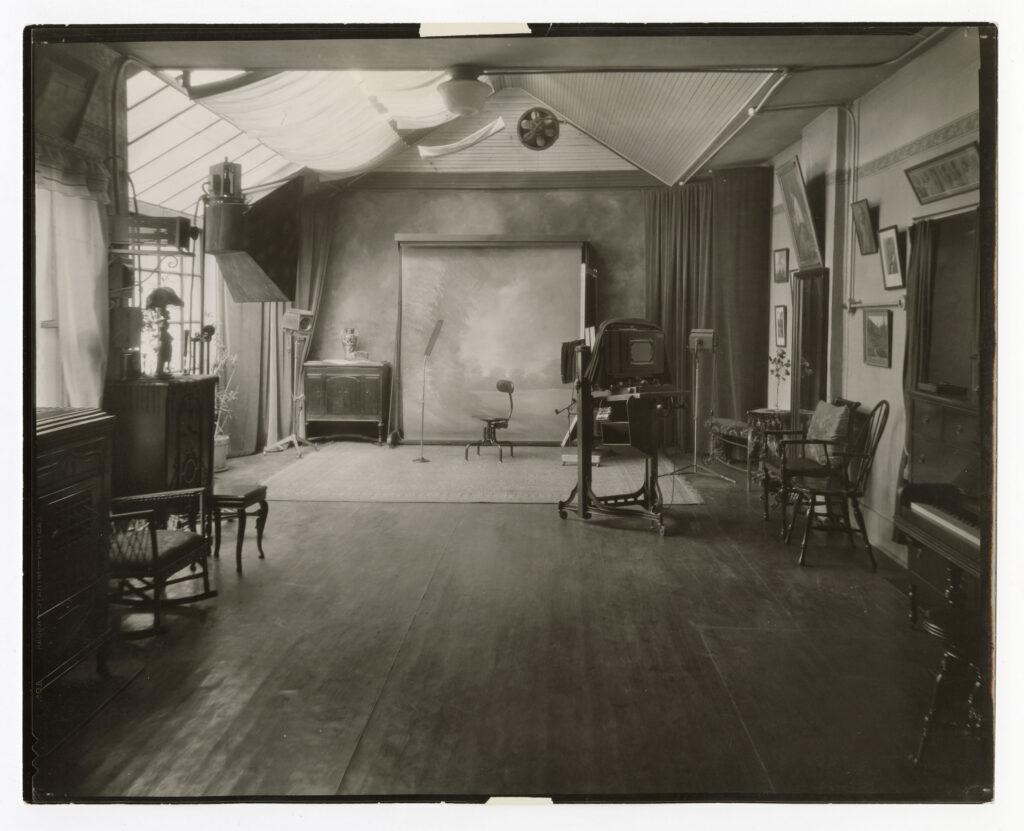
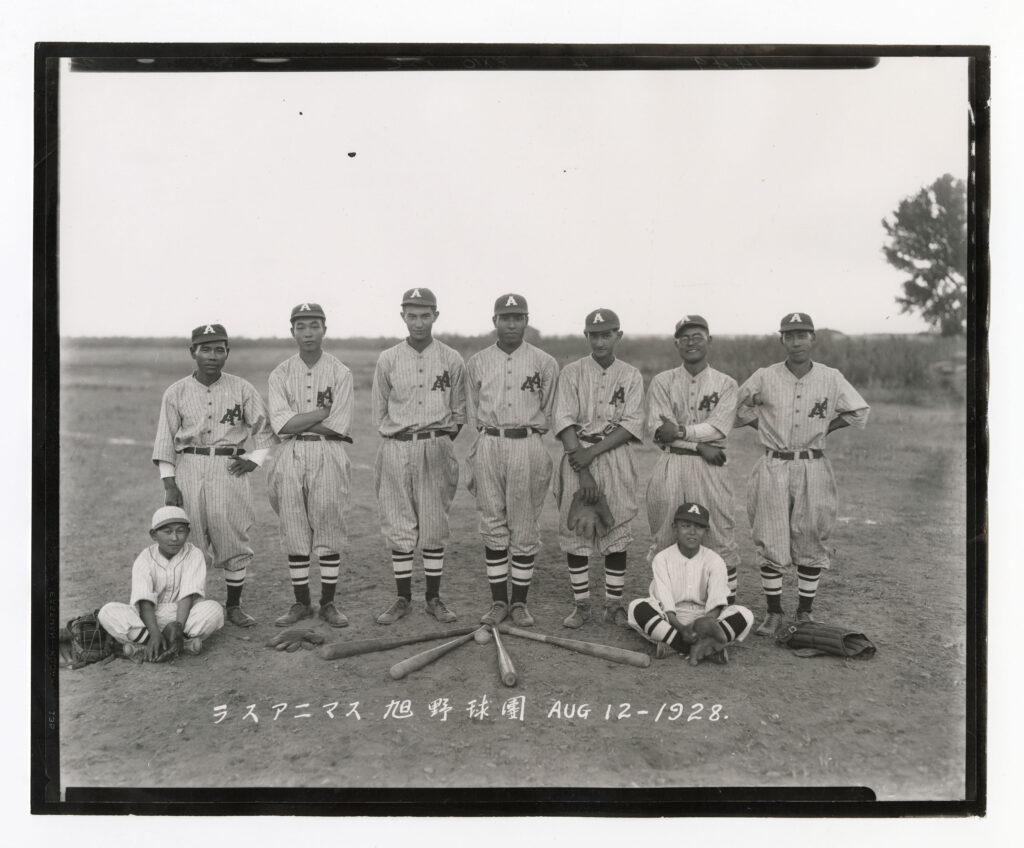
Muramoto's grandson hopes his grandfather's work inspires people to be more open-minded
Muramoto died in 1958, but some of his family still lives in the area. His grandson, David Muramoto, was very young when his grandfather was most active.
“I can remember getting my picture taken in Deluxe Studios down in Pueblo, and I remember my grandfather smiling and giving me a beaded doll to hold,” David Muramoto said. “And, gosh, I think that the best I can say about my meeting him for the first time was I didn't drool.”
The younger Muramoto said he’s come to know his grandfather through his photography and hopes his grandfather’s work can inspire people to be more open-minded.
“The fact that he was able to talk to people, everybody from Indian tribes to black Baptist groups, to all these different groups, I think says an awful lot in terms of just accepting the diversity that our country has become,” he said.
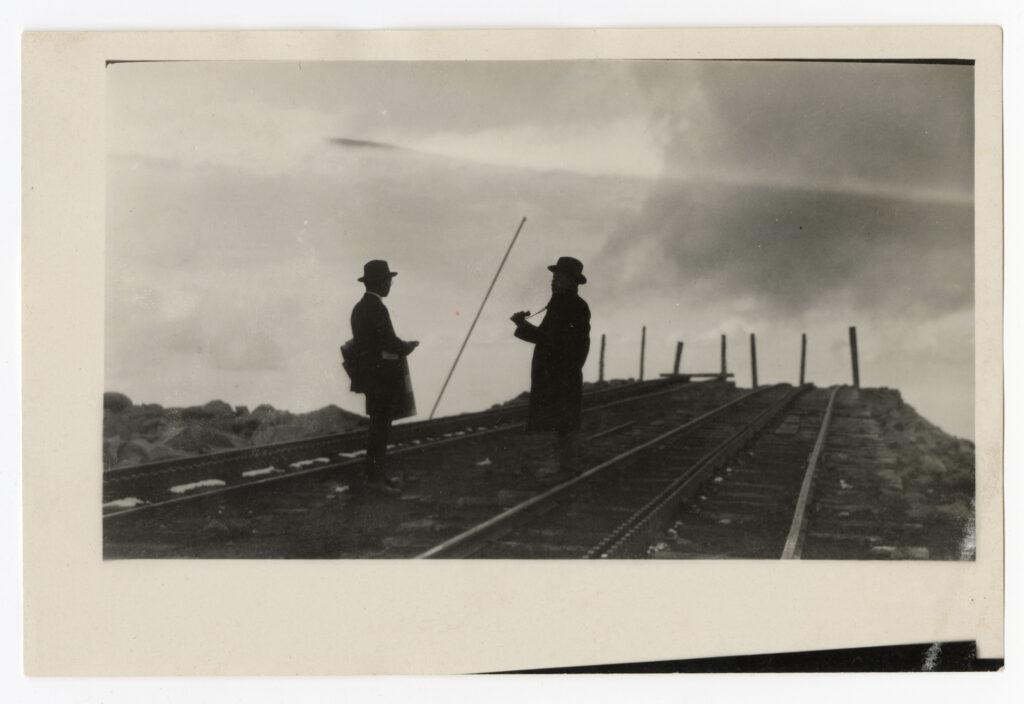
Highlighting art, history and traditions in the modern day
Robin Lawrentz, the former president of the Japan America Society of Southern Colorado, said highlighting art and figures from the internment era can help foster a sense of belonging among Asian Americans in Colorado.
“We would want to develop a knowledge and appreciation for that type of history,” he said.
While the Japanese community in Southern Colorado isn’t what it once was — in Pueblo, 2022 census data shows less than 1 percent of Pueblo’s population identifies as Asian, across all ethnicities — Lawrentz said he and other Japanese Americans hold events to help retain that connection to their culture.
On top of celebrating Japanese traditions, like Mochi-tsuki, when you pound rice to make mochi rice cakes, there are smaller events.
“We have ongoing language courses, we have ongoing cooking classes,” Lawrentz said. “There are a lot of just little things that are going on.”
The El Pueblo History Museum’s exhibit, "Through the Lens: The Photography of Frank Muramoto," is free and open through the end of July.
CPR News’ Caitlyn Kim contributed to this story.

